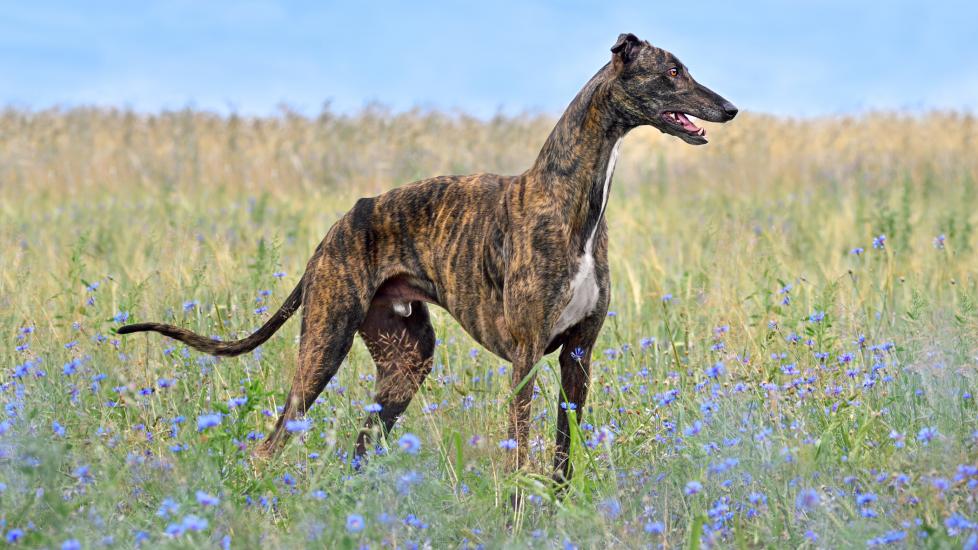Title: Unveiling the Mysteries of Fungal Infections: A Pet Owner’s Guide to Aspergillosis in Dogs
Subtitle: Navigating the Complexities and Preventing the Spread of This Hidden Threat
Introduction:
In the world of canine health, few ailments are as insidious and under-recognized as fungal infections. Among these, aspergillosis stands out as a particularly challenging foe. Caused by members of the genus Aspergillus, this condition affects not only humans but also our beloved four-legged companions. While it may fly under the radar due to its subtle symptoms, aspergillosis is no less serious for dogs—a point pet owners must take seriously. Let us embark on an exploration into the realm of this hidden threat, arming ourselves with knowledge that could save lives.
Understanding the Enemy:
Aspiration or inhalation of spores from various species within the Aspergillus family leads to infection in dogs. These resilient organisms thrive in warm, humid environments where mold growth is common. The most common form affecting dogs is invasive pulmonary aspergillosis (IPA), which targets the respiratory system. Less frequently encountered types include cutaneous and disseminated forms, each presenting unique challenges for diagnosis and treatment.
Symptoms and Diagnosis:
The telltale signs of aspergillosis often mimic those of other conditions, making early detection difficult. Dogs might experience coughing, difficulty breathing, weight loss, lethargy, and occasional fever. However, these symptoms can be attributed to numerous causes, leading veterinarians to rely heavily on diagnostic tests such as imaging (chest X-rays), blood work, and biopsy. Tissue samples collected during bronchoscopy can reveal the presence of hyphae, confirming the diagnosis.
Treatment and Prevention:
Once identified, aspergillosis requires prompt intervention. Antifungal medications like voriconazole and itraconazole are typically prescribed alongside supportive care measures. Oxygen therapy and corticosteroids may also play crucial roles in managing inflammation and improving lung function. To prevent recurrence, environmental control strategies should be implemented, including regular cleaning, dehumidification, and proper disposal of contaminated items. Vaccination against certain strains has been explored but remains experimental at present.
Conclusion:
While aspergillosis may seem like a shadow lurking in the corners of veterinary medicine, awareness is the first step towards defeating it. By recognizing the risks associated with fungal infections and understanding their clinical manifestations, we empower ourselves as responsible pet guardians. Through diligent monitoring of our dog’s health and open communication with our trusted veterinarian, we create a barrier against this silent adversary. Together, let us ensure that every tail wags happily, free from the grip of invisible threats.
